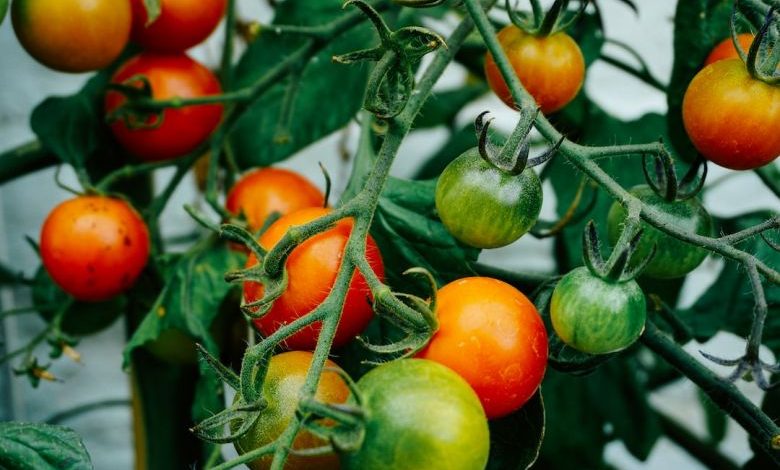How to Grow Organic Vegetables at Home?

Growing your own organic vegetables at home is not only a rewarding experience but also a great way to ensure that you and your family are consuming fresh, healthy produce. With a little planning and knowledge, you can create a thriving vegetable garden right in your own backyard. In this article, we will guide you through the process of growing organic vegetables at home, from selecting the right location to harvesting your delicious crops.
Choosing the Right Location
The first step in growing organic vegetables at home is to select the right location for your garden. Ideally, you want an area that receives at least six hours of direct sunlight each day. Make sure the soil is well-draining and rich in organic matter. Avoid areas that are prone to flooding or have poor drainage.
Preparing the Soil
Before planting, it is important to prepare the soil to ensure optimal growing conditions for your vegetables. Start by removing any weeds or grass from the area. Then, loosen the soil using a garden fork or tiller. Add compost or well-rotted manure to enrich the soil and improve its fertility. Mix the organic matter thoroughly into the soil, ensuring it is evenly distributed.
Choosing the Right Vegetables
When it comes to selecting the vegetables to grow in your organic garden, consider your climate, available space, and personal preferences. Some easy-to-grow vegetables for beginners include tomatoes, lettuce, cucumbers, carrots, and peppers. Research the specific requirements of each vegetable, including spacing and sunlight needs, before planting.
Planting and Watering
Once you have prepared the soil and chosen your vegetables, it is time to plant them. Follow the instructions on the seed packets or plant labels for the recommended planting depth and spacing. Give each plant enough space to grow and spread its roots. Water the plants thoroughly after planting to help them establish and promote healthy growth.
To maintain optimal moisture levels, water your vegetable garden regularly. Water deeply, ensuring that the soil is moist to a depth of at least six inches. Avoid overwatering, as this can lead to root rot and other diseases. Mulching around your plants with organic materials, such as straw or grass clippings, can help retain moisture and suppress weeds.
Pest Control
One of the challenges of growing organic vegetables is managing pests without the use of chemical pesticides. Luckily, there are several natural methods you can employ to keep pests at bay. Companion planting, for example, involves growing certain plants together to deter pests. For instance, planting marigolds alongside your vegetables can help repel aphids and other insects.
You can also use physical barriers, such as row covers or netting, to protect your plants from pests. Regularly inspect your plants for signs of damage or infestation, and promptly remove any affected leaves or fruits to prevent the spread of pests.
Harvesting and Enjoying Your Crops
The final reward of growing organic vegetables at home is the joy of harvesting and enjoying your own fresh produce. Most vegetables are ready for harvest when they are fully ripe and have reached their desired size. Use a sharp knife or pruning shears to harvest your vegetables, taking care to avoid damaging the plants.
Remember to wash your vegetables thoroughly before consuming them. Organic vegetables may still have traces of soil or insects, so it is important to clean them properly. Enjoy the fruits of your labor by incorporating your homegrown vegetables into delicious meals for your family and friends.
In conclusion, growing organic vegetables at home is a fulfilling and sustainable way to enjoy fresh, healthy produce. By selecting the right location, preparing the soil, choosing the right vegetables, and implementing natural pest control methods, you can create a thriving organic vegetable garden. With patience and dedication, you will be rewarded with a bountiful harvest that you can proudly serve on your dinner table. So why wait? Start your own organic vegetable garden today and reap the benefits of homegrown goodness.




